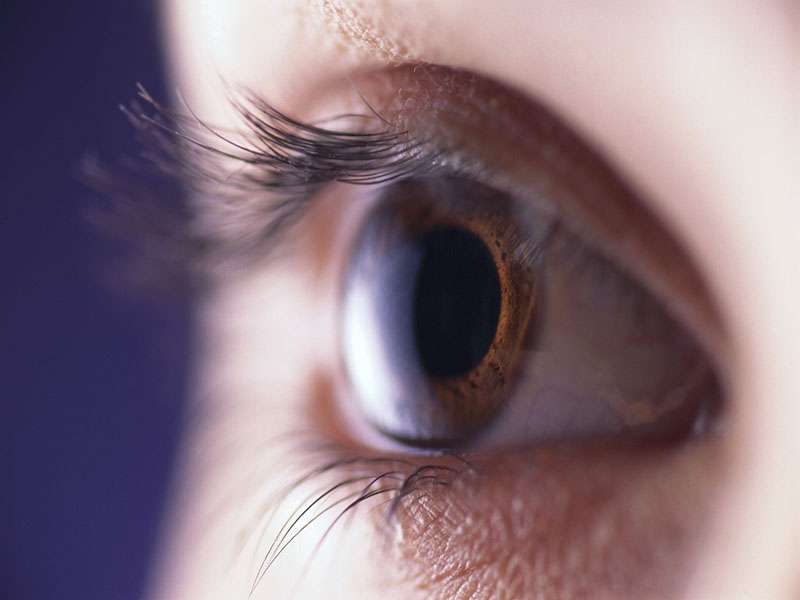(HealthDay)—For children, axial length and refractive error are associated with high population density and small home size, according to a study published online June 22 in Ophthalmic & Physiological Optics.
Kai Yip Choi, from the Hong Kong Polytechnic University, and colleagues recruited 1,075 subjects (mean age, 9.95 years) to examine the correlation between the crowded habitat in Hong Kong and refractive error. Parental questionnaires were used to collect data, including demographics, living environment, parental education, and ocular status. Qualified personnel measured ocular axial length and refractive status.
The researchers found that those living in districts with a higher population density and those living in a smaller home had significantly longer ocular axial length (F2,1072 = 6.15 [P = 0.002] and 3.16 [P = 0.04], respectively). Axial lengths did not differ among different type of housing (F2,1072 = 1.24; P = 0.29). A more negative refractive error was seen for those living in districts with a higher population density and those living in a smaller home (F2,1072 = 7.88 [P < 0.001] and 4.25 [P = 0.02], respectively). Population density and home size predicted axial length and non-cycloplegic refractive errors after adjustment for confounding variables, while there was no correlation for axial length and refractive error with types of housing.
"A constricted living space may be an environmental threat for myopia development in children," the authors write.
More information:
Abstract
Full Text (subscription or payment may be required)
Copyright © 2017 HealthDay. All rights reserved.





















